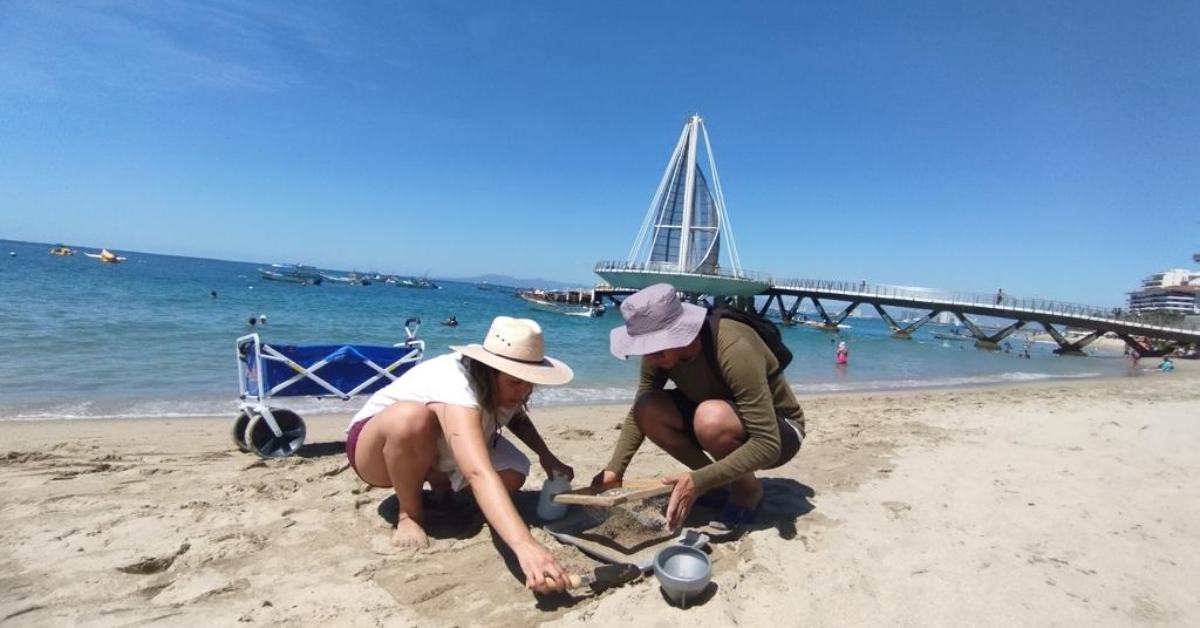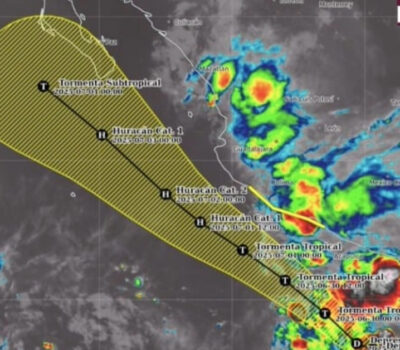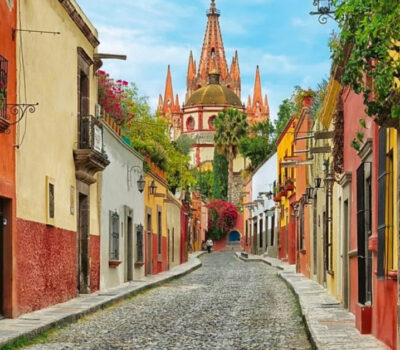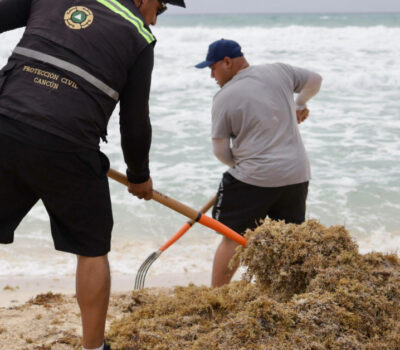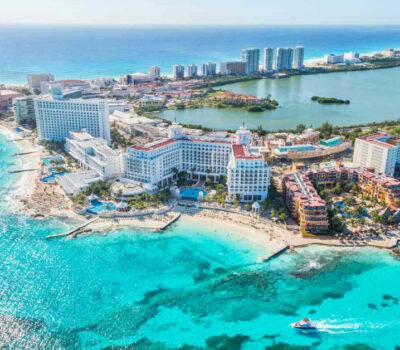Puerto Vallarta (PVDN) – Puerto Vallarta’s beaches are a popular vacation destination for many, but unfortunately, they serve as evidence of the human race’s loss of control when it comes to plastic waste. Researchers from the Tonalá University Center (CUTonalá) recently conducted a study on the beaches of Los Muertos, de Oro, and Boca de Tomates, where they identified a high abundance of microplastics made of polyethylene and polystyrene in coastal sediments.
The study, titled “Micro and nanoplastics present in coastal sediments of Puerto Vallarta, Jalisco and their ecotoxic effect,” is part of teacher Ixchel Alejandra Mejía Estrella’s doctoral thesis for the University Center of Tonalá’s (CUTonalá) Water and Energy program. The researchers found that polyethylene was the most common type of microplastic found on the beaches, which is primarily used in PET bottles that can be recycled. They also discovered polystyrene, which is commonly used in single-use containers and dishes, as well as polyester in the form of fibers from textile materials.
The team only collected samples from the beaches’ sands and not the sea, as water quality changes depending on weather conditions. They intend to measure the amount of microplastics present in the sand per square meter, with results expected by the end of 2023. Additionally, they plan to study the ecotoxic effect of microplastics on bivalve mollusks, such as oysters, clams, and mussels, that absorb any substance present in their environment. The mollusks are consumed by people and are also part of the trophic chain, so the impact can grow.
Microplastics can absorb heavy metals, which can be consumed by microorganisms and ultimately, humans. Unfortunately, there are no regulations governing microplastics, which is a major issue, as it is a contaminant that was not previously considered. Even salt has been found to contain microplastics in some studies.
The identification of plastics through chemical characterization was achieved through the use of University of Guadalajara (UdeG) technology, in collaboration with two researchers from the Technological Institute of Veracruz. The identification of microplastics was achieved after taking three samples last year from three beaches near river mouths, where a large amount of plastic reaches the ocean through rivers.
Despite the work of some research groups in Mexico, not much information on microplastics has been published in high-impact journals. The CUTonalá academic urged people to reduce their use of short-lived plastic, such as bottles, bags, and food packaging, as well as for public policies to be established to generate better waste regulations, wastewater management, and cleaning of seas and beaches. The ocean belongs to everyone, and action must be taken to protect it.
Puerto Vallarta (PVDN) - Puerto Vallarta’s beaches are a popular vacation destination for many, but unfortunately, they serve as evidence of the human race . . .

